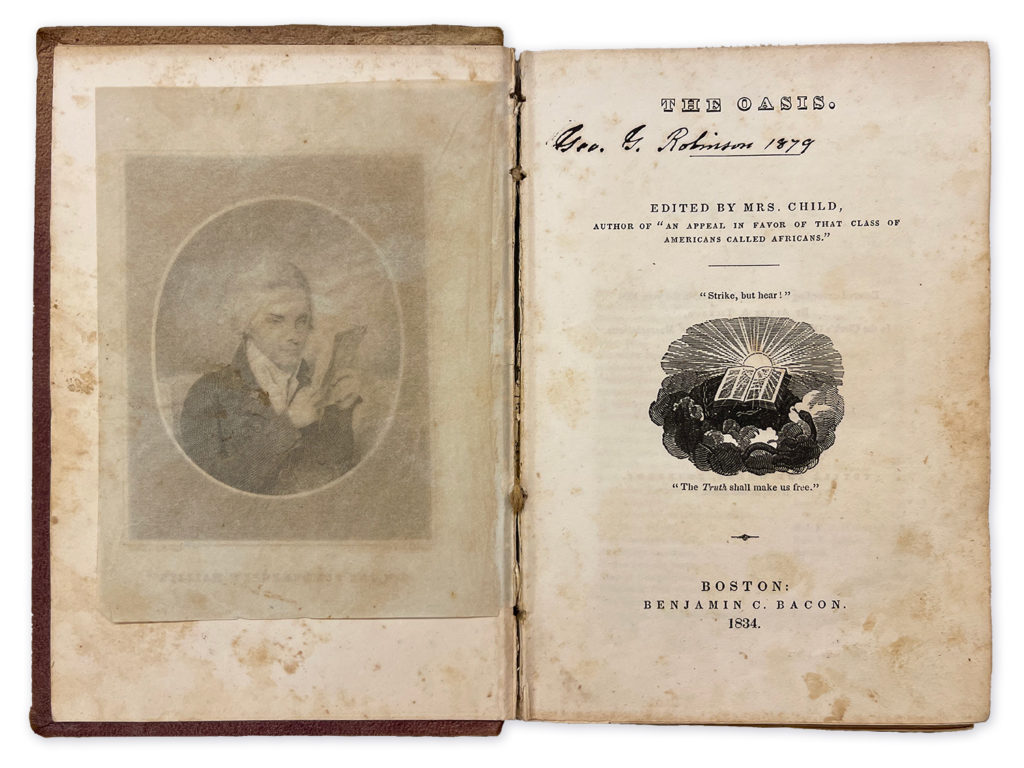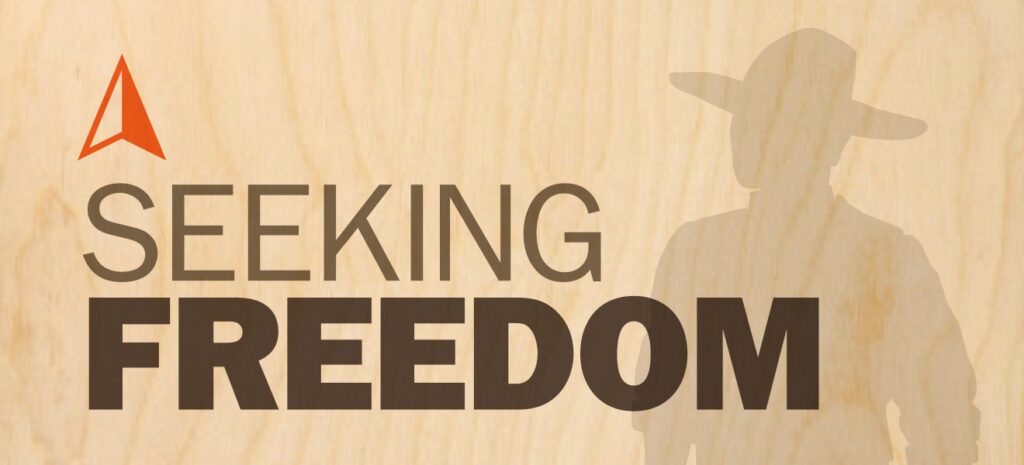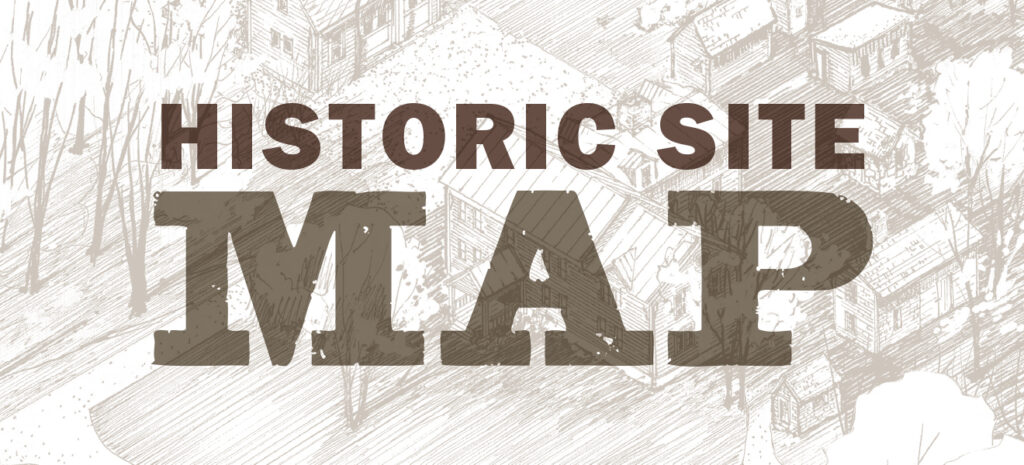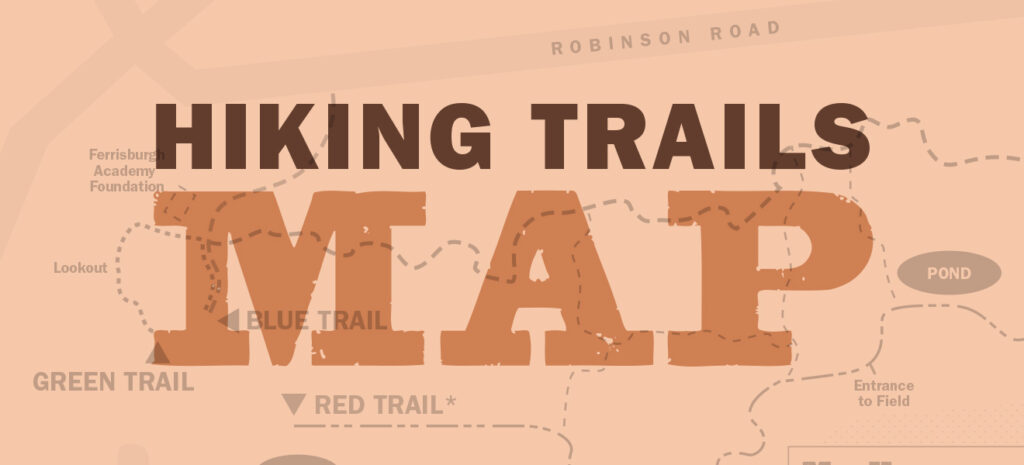Dissent! Abolition and Advocacy in Print
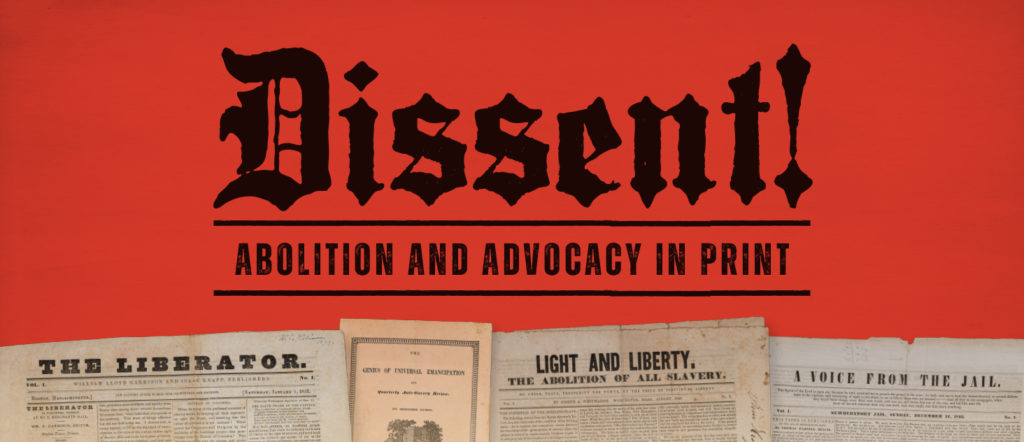
Dissent! Abolition and Advocacy in Print
(2022 Seasonal Exhibit, June 26–October 23)
Throughout the antislavery movement, advocates utilized print materials as a platform to expose the horrors of enslavement and spread calls for emancipation in the United States. From the 1820s onwards, activists took advantage of growing transportation networks and advancements in printing to publish books, newspapers, and pamphlets that encouraged antislavery activities and rhetoric. These print materials proliferated among antislavery circles and became outlets for advocates to share news, stories, poetry, and opinions about the sin of slavery in the U.S. and abroad.
Rokeby Museum’s collection includes examples of antislavery printed materials from the middle of the nineteenth century. Rowland T. Robinson, his wife Rachel, and their close friend Ann King purchased and circulated print materials as part of their abolitionist activities. Using the Robinson Collection, Dissent! Abolition and Advocacy in Print explores the history of these print materials and reflects on the legacy of the abolitionist press.
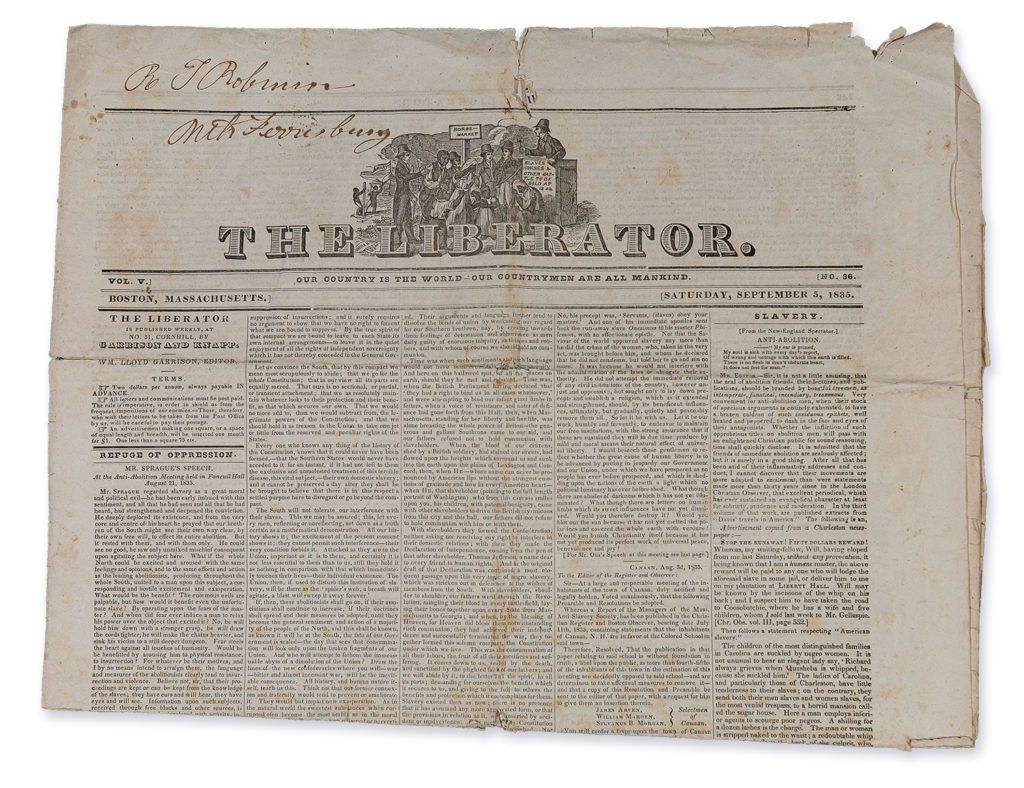
Letterpress Printing Hands-on Demonstration and Workshop with John Vincent from A Revolutionary Press
Sunday, June 26, 11:00 am–2 pm
Rokeby Museum, outside weather permitting
FREE
John Vincent from A Revolutionary Press will have his press set up and will guide participants through hand-composed letterpress printing with the same methods used in 19th-century printing.
Exhibit Opening — Dissent! Abolition and Advocacy in Print
Sunday, June 26, 2:00 pm
Rokeby Museum
FREE
Gallery Talk — “The Word in Black & White: Authorship & Audience for the Abolitionist Press”
by Will Nash, Rokeby Museum Trustee and Middlebury College Professor
Sunday, June 26, 2:00 pm
Rokeby Museum
FREE
Join us for a gallery talk entitled “The Word in Black & White: Authorship & Audience for the Abolitionist Press” by Rokeby Museum Trustee and Middlebury College Professor, Will Nash.
Anti-slavery writing in America began during the colonial period, less than 100 years after the first sale of “20 and odd” captive Kongo and Ndongo people (from the modern Republic of Angola) to British colonists at Jamestown, Virginia in 1619. Although unwavering in its opposition to human bondage, anti-slavery writing often seems mild in comparison to abolitionist writing, a term which scholars usually reserve for works produced between 1829 and 1865. The text that stands at the head of the abolitionist lineage, David Walker’s Appeal to the Colored Citizens of the World, is perhaps less well-known than William Lloyd Garrison’s Liberator, the fiery weekly newspaper that set the tone for the abolitionist debate for thousands of Americans. Using Walker and Garrison as touchstones, Nash will discuss the usefulness of applying the lens of race to questions of authorship and audience when studying the role of the press in the abolitionist struggle.
“Abolition and the Press: The Moral Struggle Against Slavery”
Lecture with Ford Risley, Distinguished Professor of Communications, Penn State University
October 6, 7:00 pm
Middlebury College
FREE
Rokeby Museum and Middlebury College’s American Studies Program invite you to a lecture by distinguished professor Ford Risley as part of the Museum’s 2022 exhibit, Dissent! Abolition & Advocacy in Print. Prof. Risley will explore how abolitionist newspapers played an essential role in opposing slavery in the decades before the Civil War. Some 40 newspapers were founded with the goal of promoting the emancipation of more than three million slaves in the United States. At a time when most mainstream publications either supported slavery or ignored the subject, abolitionist newspapers were an unmistakable voice of outrage. They provided an editorial platform for the movement’s leaders, publicized the work of antislavery societies, and spread the news about the treatment of Blacks. The abolitionist press helped keep the issue of slavery before the public through the war when the institution was ended by the Thirteenth Amendment.
 Rokeby Museum
Rokeby Museum